The shonen genre is dominated by popular shows, but there are several exciting shonen series fans may have forgotten.
Over the past few decades, shonen anime has slowly asserted itself as one of the most profitable genres in the anime industry, if not definitively claiming that title for itself. With feature-length films from the Demon Slayer and Jujutsu Kaisen franchises making a splash across theaters worldwide, the numbers certainly exist to back up the argument.
Despite the rise in shonen’s popularity, there are still plenty of unheralded gems that have been forgotten since their initial release. Among these underappreciated series, a few select titles stand out as being particularly worthy of mention.
10. Hajime No Ippo Nails The Sports Anime Archetype
A perfect example of the “quiet teen who unearths massive potential” trope done right, Hajime no Ippo is reminiscent of everything that makes boxing-films like Rocky and Creed loved by their respective fanbases. With its hard-working (and harder-hitting) main character, quality antagonists, and technical dedication to boxing, Hajime no Ippo checks all the boxes of a solid sports anime.
Released by MADHOUSE (the studio behind One-Punch Man and Hunter x Hunter) in 2000, this series was as primed for success as author George Morikawa could have hoped for — unfortunately, its niche audience and an increasingly competitive shonen landscape hampered its long-term success. Despite reboots in 2009 and 2014, fans seem to have largely forgotten about this classic title.
9. Rave Master Foreshadowed Other Series To Come
Rave Master might not challenge any shonen genre conventions, but similar to Fairy Tail and Edens Zero, which are also written by Rave Master‘s author, Hiro Mashima, this series puts its finger on everything that makes shonen fun. Its main character, Haru Glory, is an absolute blast to watch throughout the series and provides laughs and thrills across 51 episodes.
One critique that has frequently been lobbied against Hiro Mashima is the similarities between his various works. The art styles, tones, and characters of his series are eerily reminiscent of each other, with some characters (such as Rave Master‘s Plue) literally appearing in each of his works. Given the extended success of Fairy Tail, it’s likely that Rave Master‘s viewership dwindled due to fans jumping ship for the more modern title, which is a shame given Rave Master‘s beautifully fleshed-out setting.
8. Beelzebub Brought A Different Tone To A Familiar Genre
While the modern shonen landscape has gravitated towards high-stakes, combat-driven narratives, 2011’s Beelzebub instead favors a light-hearted, comedy-centric plot that revolves around main character Tatsumi Oga. Oga, a delinquent at the worst school in his area, stumbles upon Beelzebub, the infantile heir to the Underworld, setting into motion a series of events that sees these two attempt to reconcile their vastly different backgrounds.
Beelzebub was received well by audiences upon its release, achieving a fairly notable level of popularity during its original 60 episode-run. However, after this initial pop, the series quickly lost its footing in the shonen community, and for some reason (perhaps due to its atypical tone for the genre), it has yet to fully recover.
7. The Major Series Is A Gem That Deserves More Mention
Without any doubt, baseball is the most popular sport in Japan, so it only makes sense that franchises like Major have repeatedly made an impact within the anime market. Centered around the adventures of Gorou Honda, Major follows the baseball phenom as he works his way from the little leagues all the way to professional baseball.
Sports anime is an over-populated, under-appreciated market, which makes it difficult for any shonen, even one as well-made as Major, to break through into the mainstream. This, coupled with the series’ daunting 154 episode count, have resulted in this instant-classic being forgotten by many fans.
6. World Trigger’s Production Issues Killed Its Momentum
Written by author Daisuke Ashihara, World Trigger follows the adventures of Yuma Kuga and Osamu Mikumo, two members of the National Defense Agency charged with protecting the world from other-worldly monsters called “Neighbors.” Given the fact that Yuma is a Neighbor in disguise, that goal proves easier said than done.
Praised for its soundtrack and balanced storytelling, World Trigger (a Toei Animation product) was one of the most-hyped releases of Fall 2014. Yet for some reason, likely related to TV Asahi replacing the series’ time slot with sports programming, its syndication came to an end less than two years later. Although the series was brought out off hiatus in early-2021, World Trigger‘s viewership has yet to rebound from its lackluster release.
5. The Disastrous Life Of Saiki K. Was An Eclectic Treat
The Disastrous Life of Saiki K. is an odd duck, even as far as shonen comedies go. Kusuo Saiki, the show’s main character, was born with a variety of abilities, including X-ray vision, psychokinesis, and teleportation. Unfortunately, all he wants is to have a normal life like the rest of his peers at school.
Full of 4th wall breaks, parodies of other genres, and laugh-out-loud comedy scenes, The Disastrous Life of Saiki K. is an extremely unique example of shonen anime. This trait, along with the show’s unusual 5-minute section release composition, likely explains its dwindling popularity over the past few years.
4. To Your Eternity Earned Great Reviews, Yet Lost Much Of Its Audience
With a second season due to come out in Fall 2022, To Your Eternity still has a chance to solidify itself as a consistent figure in the shonen market. Its first season, centered around the alternative life-form known as “It,” was released to notable fanfare and praised for its thorough investigation of the human experience.
Despite its recent air date, To Your Eternity quickly lost traction following its initial pop, with Google searches for the term dropping by over 90% within a few months of the series’ release. Hopefully, the show’s second season can revitalize viewership and reintroduce To Your Eternity to the mainstream market.
3. Nura: Rise Of The Yokai Clan Set The Stage For More Acclaimed Series
Demon Slayer may be the latest (and quite possibly the most popular) in a long line of successful shonen anime that embrace Japanese spiritualism, but series like Nura: Rise of the Yokai Clan have evidenced the potential of the concept for years. Rikuo Nura, the series’ main character, is part-human and part-yokai, making him a thrilling point of intersectionality for the two groups.
The show was positively-received among fans, narratively engaging, and polished at virtually every level of production. Whereas many shonen anime’s dip in popularity can be pinpointed to specific issues with the respective series themselves, Nura: Rise of the Yokai Clan‘s lack of sustained fanfare may simply be attributable to genre over-saturation.
2. Ashita No Joe’s Age Has Buried It In Obscurity
As possibly the oldest boxing anime of all-time, Ashita no Joe has inspired countless series since its initial release in 1970, including the similarly-named Hajime no Ippo, which draws clear inspiration from the older title. Joe, Ashita no Joe‘s main character, is a troubled young man who, through his dedication to boxing, is able to navigate the rigors of the life-altering sport.
Although universally acclaimed, Ashita no Joe‘s age has undoubtedly affected its long-term success, as many anime watchers’ parents, weren’t even alive at the time of its release. Regardless of its age and dated animation, this series’ brooding tone and serious themes still make it a breath of fresh air over 50 years later.
1. Beck: Mongolian Chop Squad Suffered From Its Own Originality
MADHOUSE has become known as a model of consistency when it comes to putting out high-quality anime, but even among their deep library, Beck: Mongolian Chop Squad stands out as one of their most unique and entertaining titles. First aired in 2004, this coming-of-age story follows Yukio Tanaka, a 14-year-old boy who befriends up-and-coming musician, Ryusuke Minami, after saving the 16-year-old’s dog, Beck.
Beck: Mongolian Chop Squad follows Yukio as he joins Ryusuke’s band, also named Beck, and helps it rise to popularity. The series features some of the best original music that its production studio has ever put out. While the anime market is large enough today that an eccentric series such as this one could earn a substantial following, Beck: Mongolian Chop Squad‘s age has subsequently rendered it a forgotten gem.

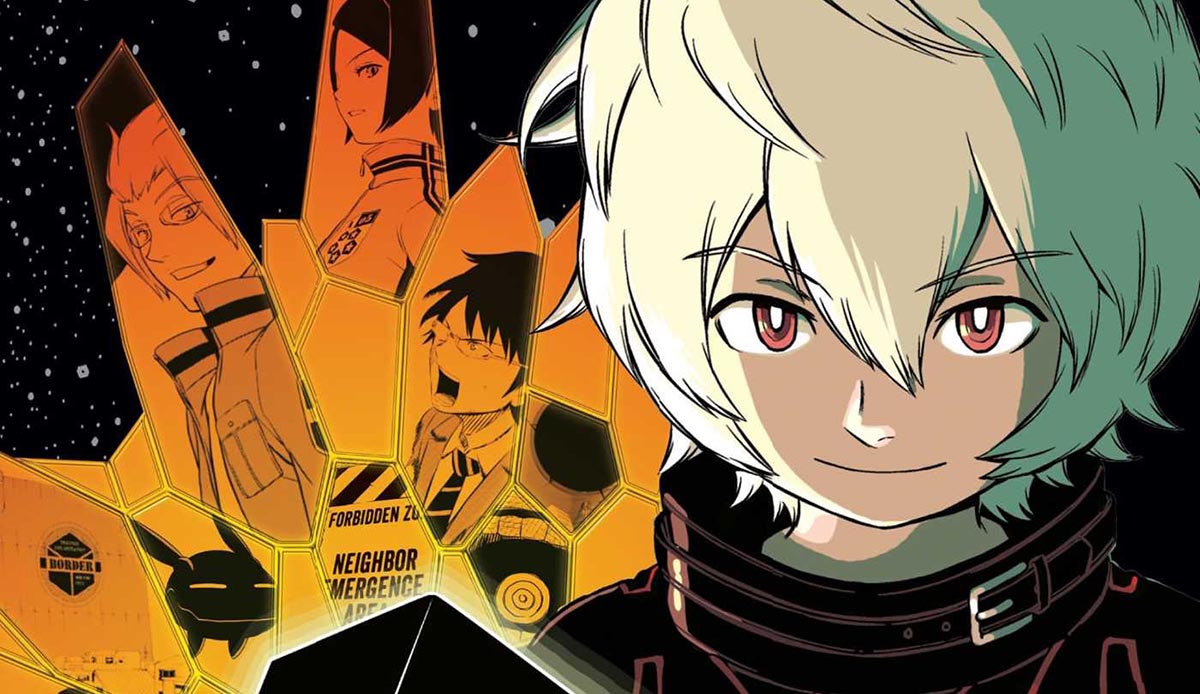


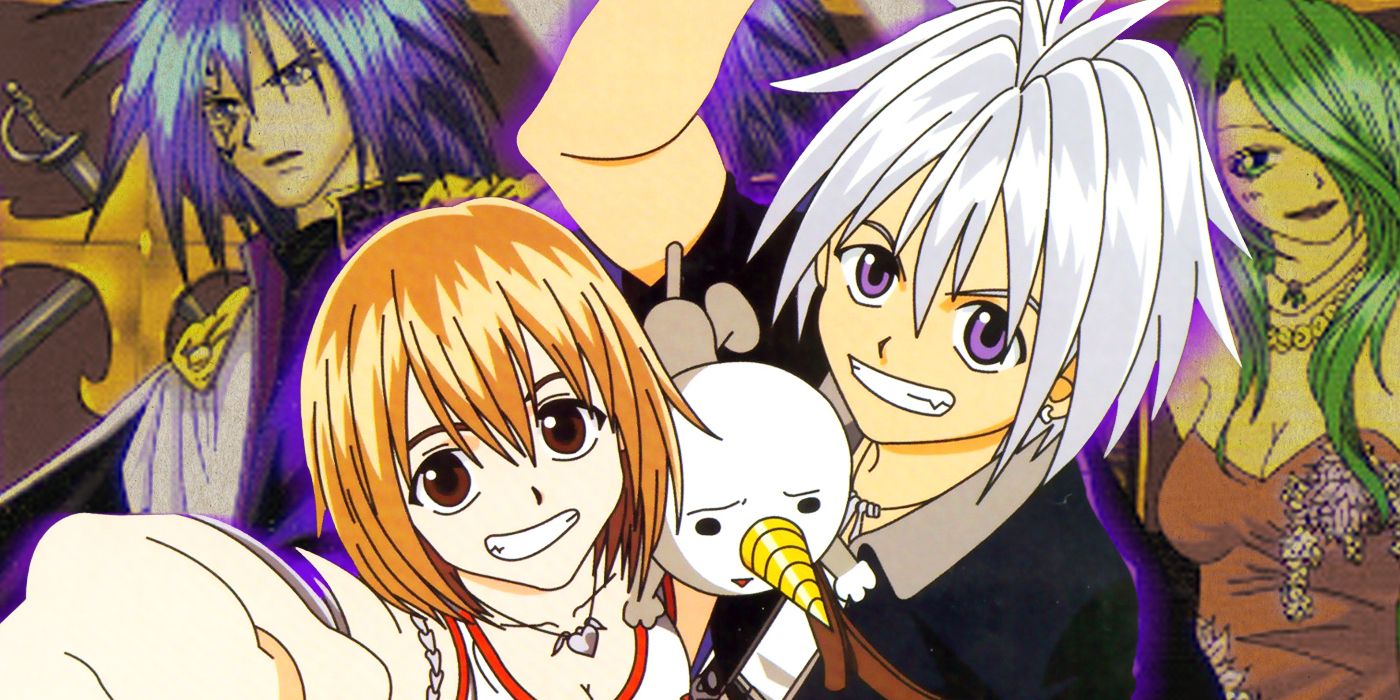
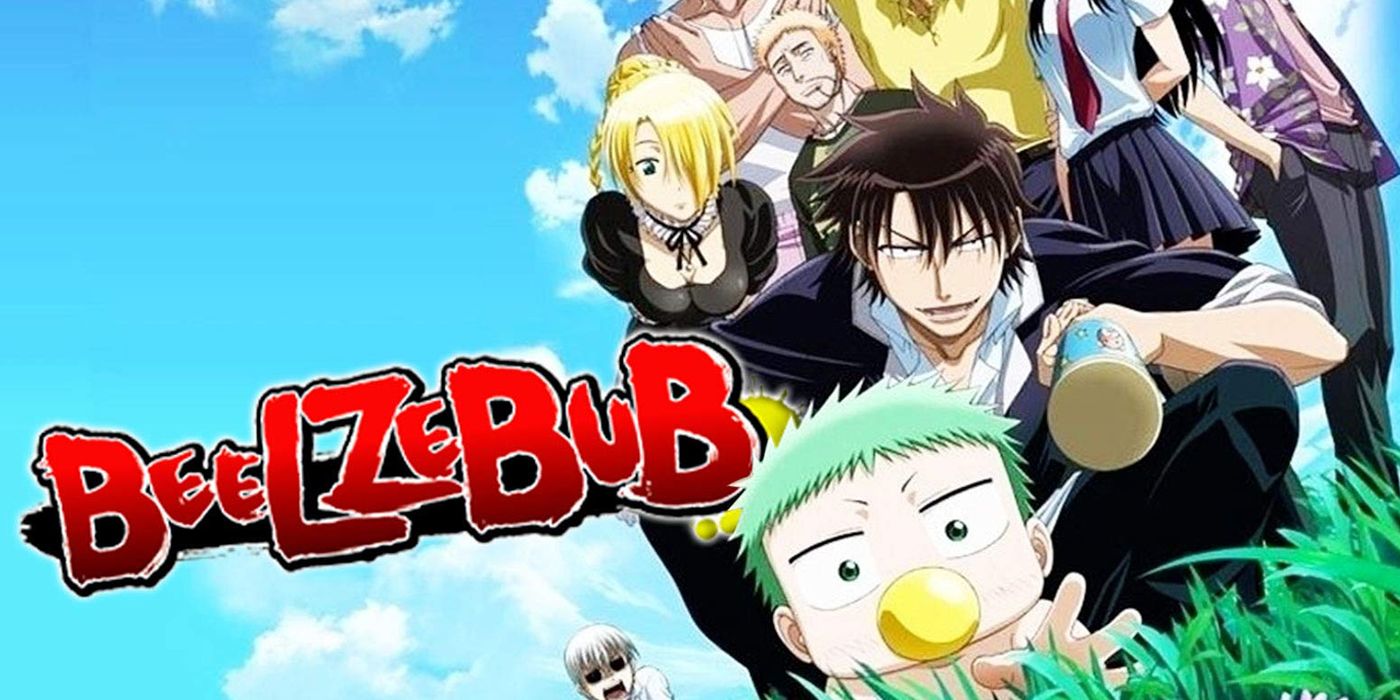
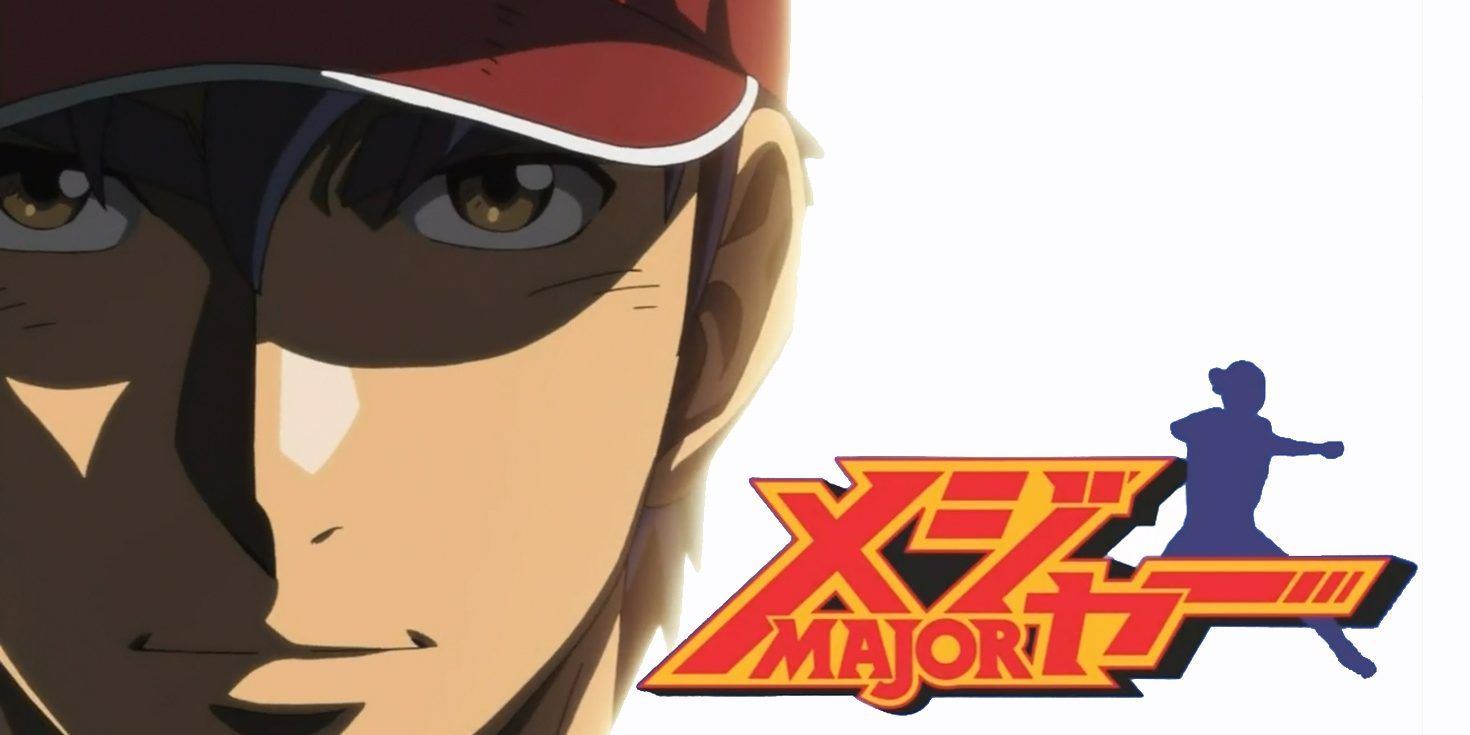
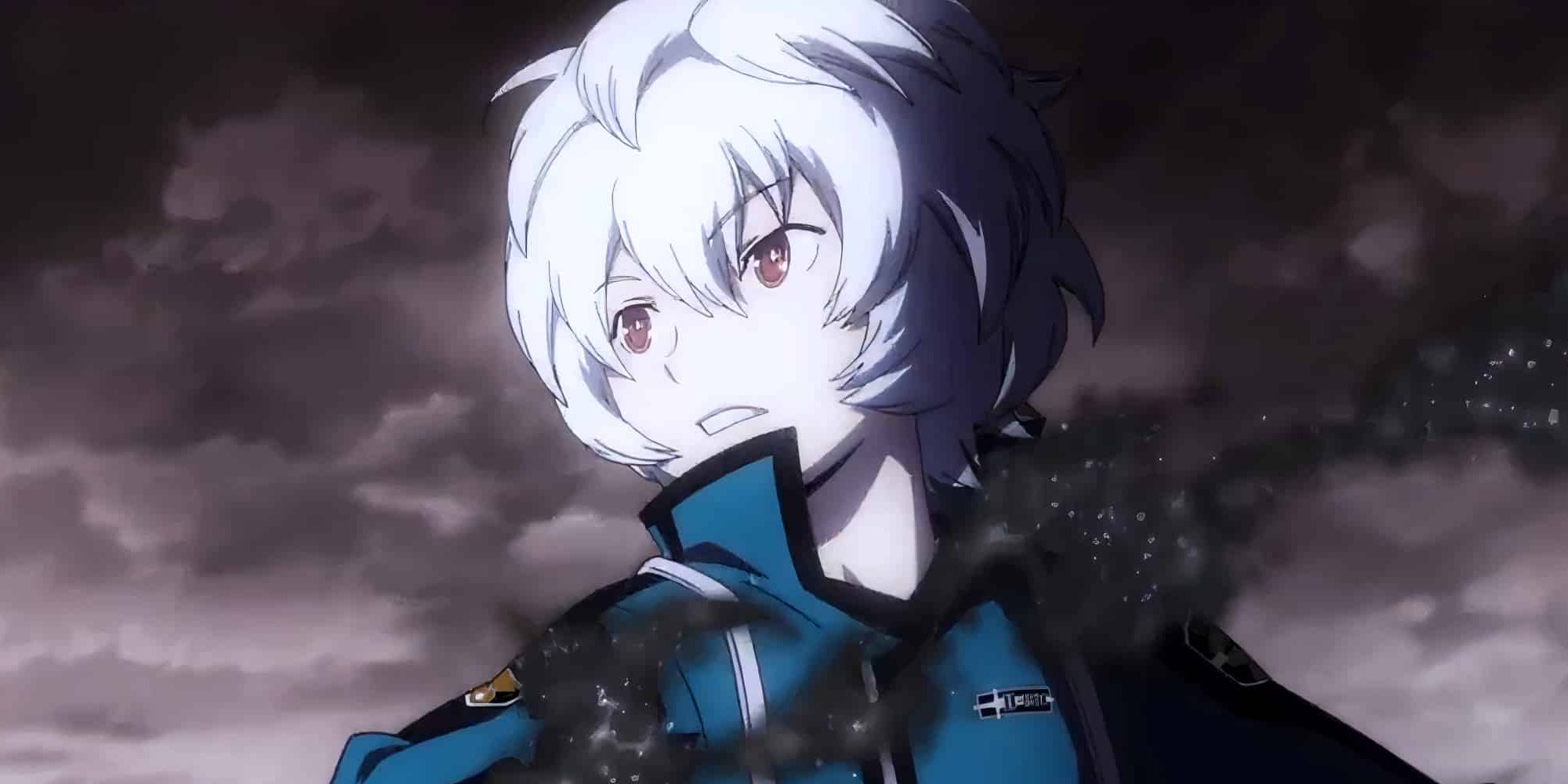
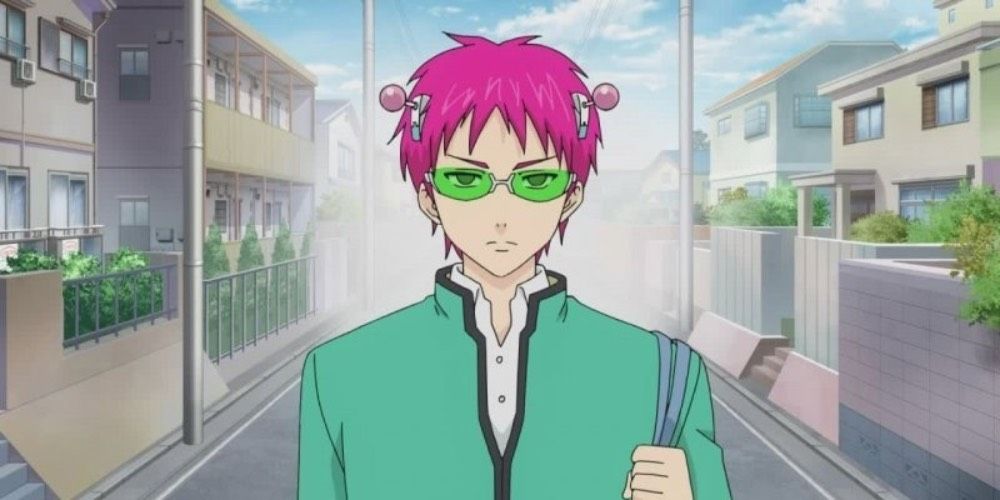
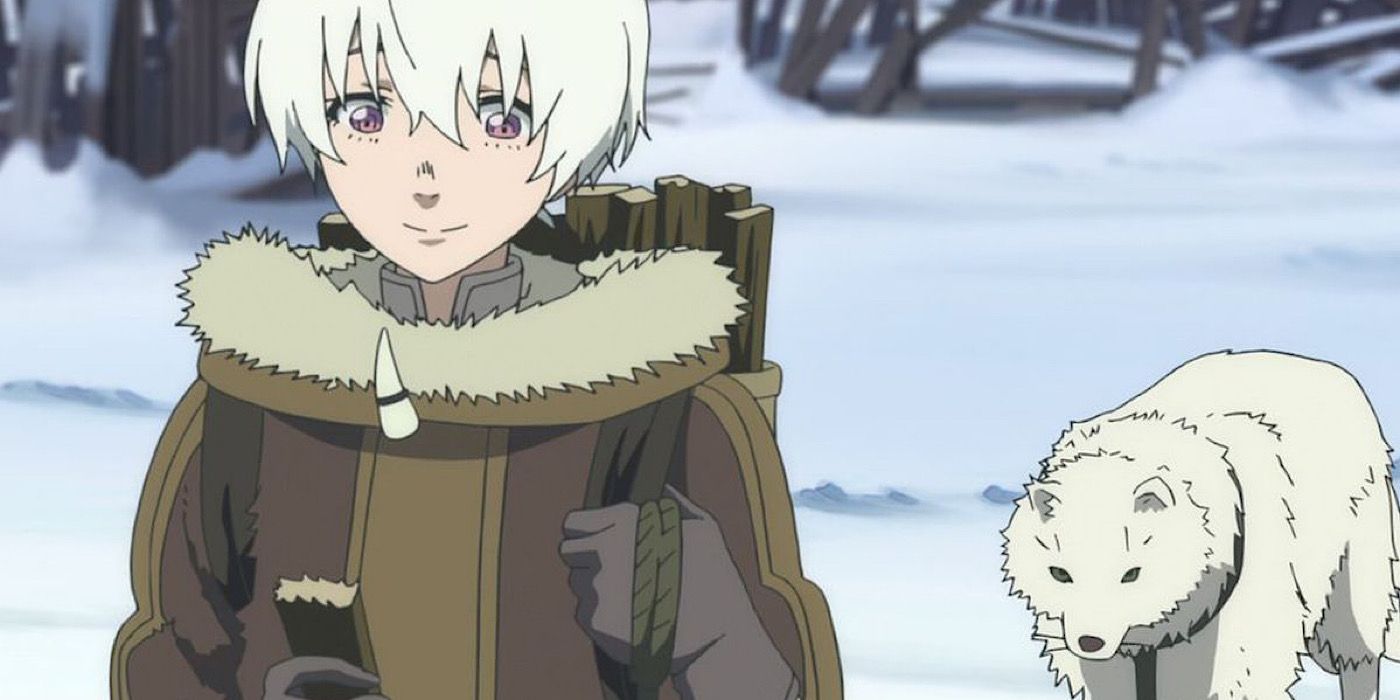
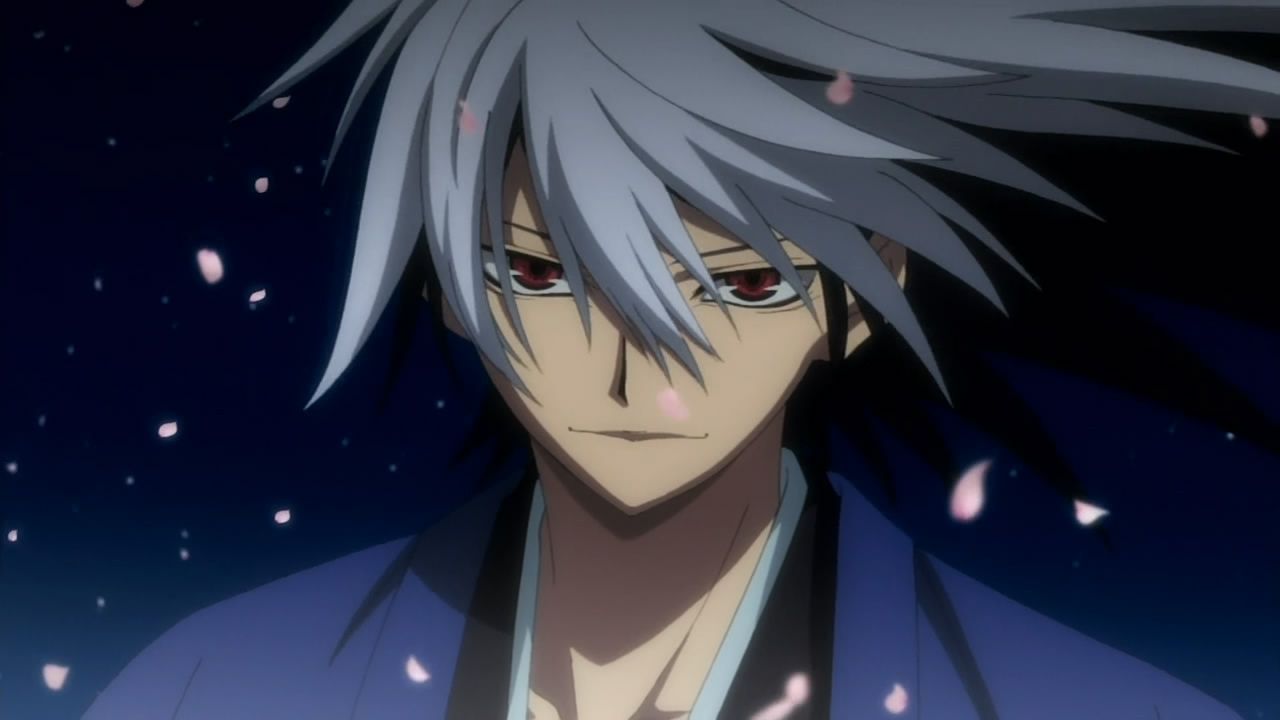
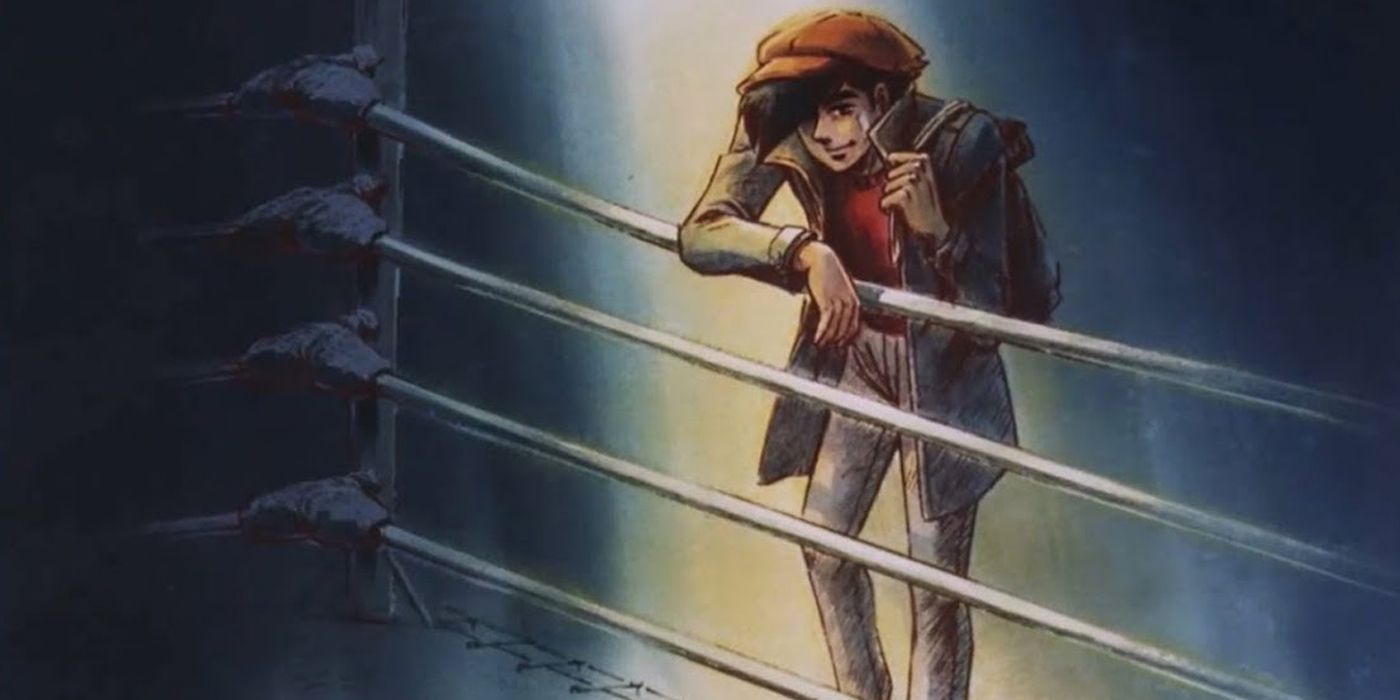
.jpg)



